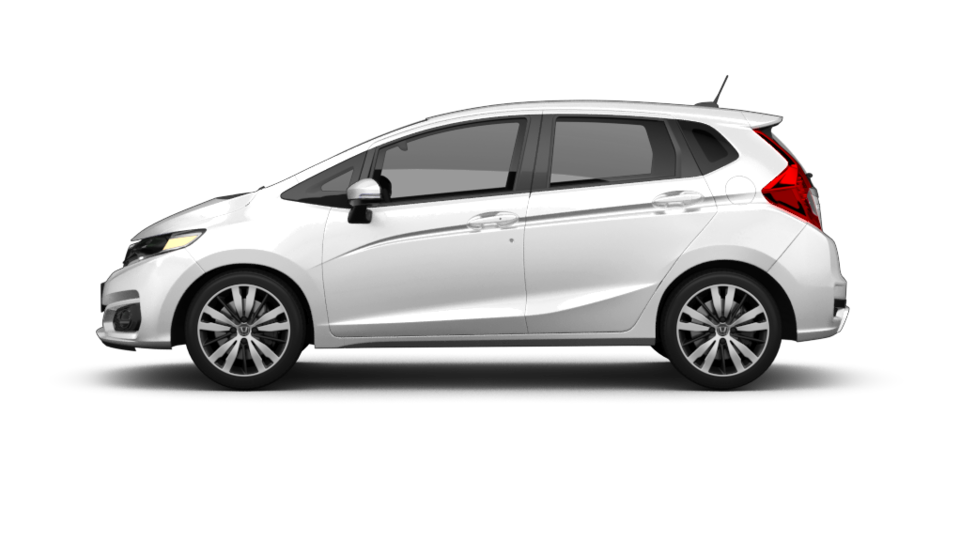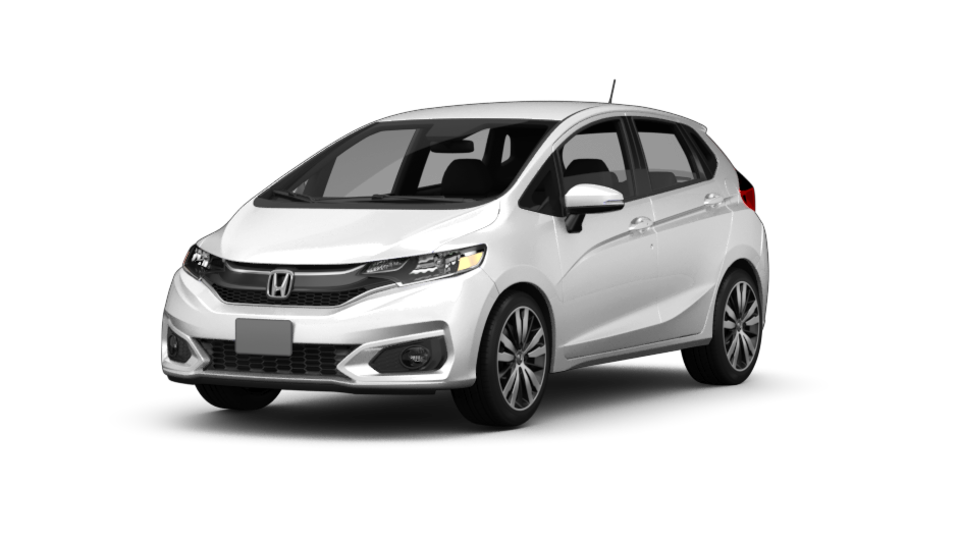Your browser is out of dateSome features may not be available. For the best experience, upgrade your browser.Upgrade now
Honda Fit:Review the specs, features and pros & cons



Overview of the Honda Fit
Learn about the Honda FitHonda Fit Summary
The Honda Fit, named for its compact design, is a comfortable, versatile choice for urban drivers. Its fuel economy is excellent: 8 L/100 km in the city and 6.4 L/100 km on the highway. The Fit is praised for adopting innovative technology early on. For example, keeping track of fuel in 2011+ models with the fuel consumption display. The Fit's safety features are also high-tech so you're safe on the road and in your lane. Although the acceleration is dampened slightly by the CVT transmission, the car handles well on city roads and is easy to park.
Pros and cons of the Honda Fit
- Excellent cargo capacity
- Long list of safety and infotainment tech
- Excellent fuel economy
- Limited headroom for tall riders in rear seats
- Touchscreens in earlier models are not user-friendly
- CVT transmission can dampen acceleration
Safety ratings of the Honda Fit
Safety ratings provided by NHTSA
- Number of airbags6
Specifications of the Honda Fit
Key specifications available across all trim levels- Seats5
- Doors5
- Fuel typeGas
- TransmissionAutomatic or Manual
- City consumption7 - 8.1 L/100km
- Highway consumption5.9 - 6.6 L/100km
- Width1694 mm
- Length4099 - 4100 mm
- Trunk space470 L
- Cargo space1492 L
Trims available with the Honda Fit
What is a trim? Trims are different options of the same car with different features and equipment. The specs depend on the trim you choose.This variant of the Honda Fit 2020 - 2020 is available in 5 trims:DX trim features and specs
Frequently asked questions about the Honda Fit
Dimensions of the Honda Fit
| Year | Height from | Width from | Length from |
|---|---|---|---|
| Exact values depend on trim choices. | |||
| 2020 | 1524 mm | 1694 mm | 4099 mm |
